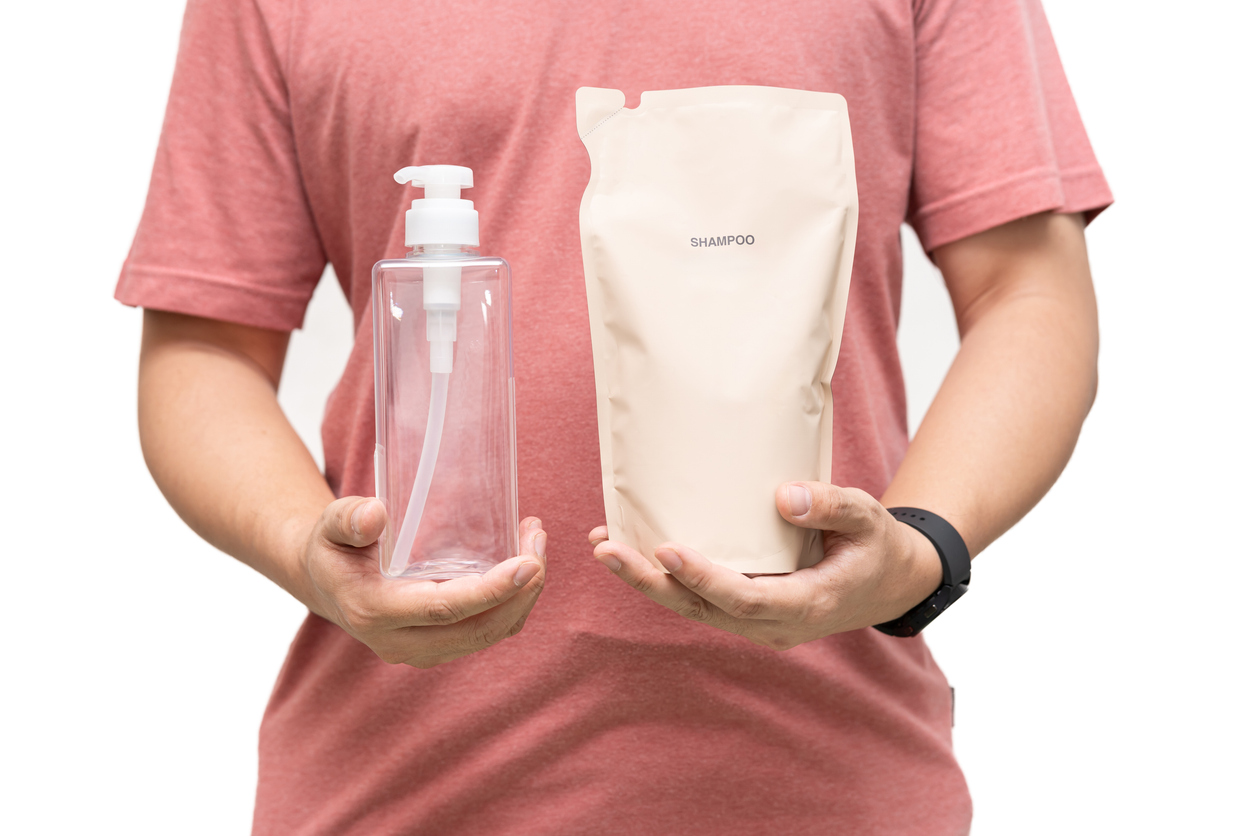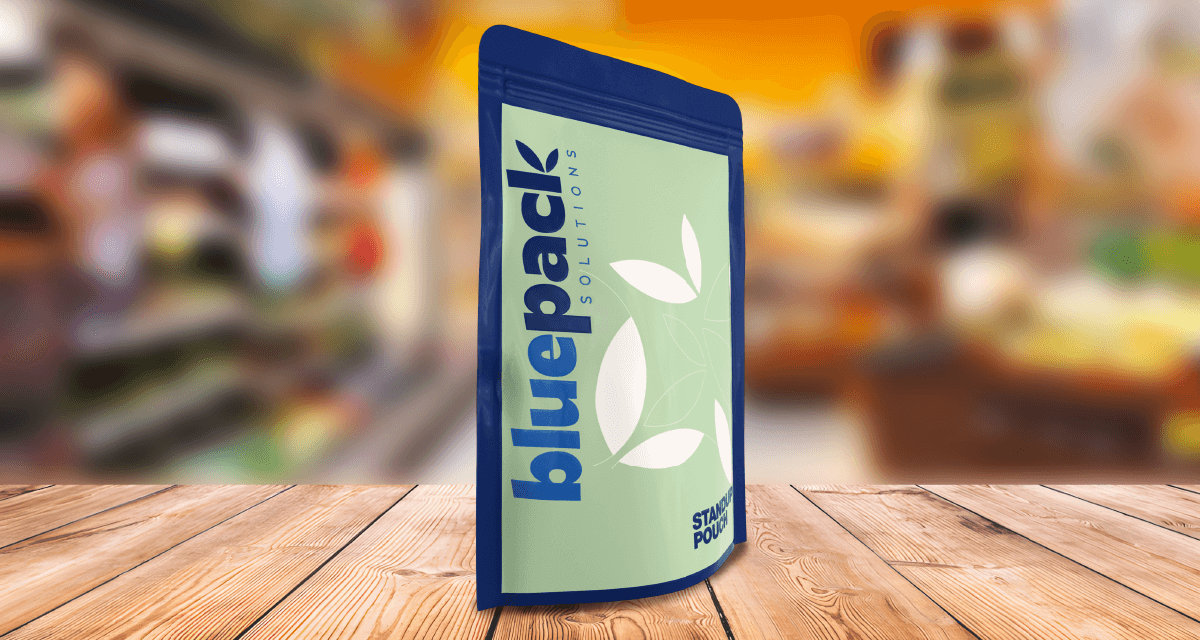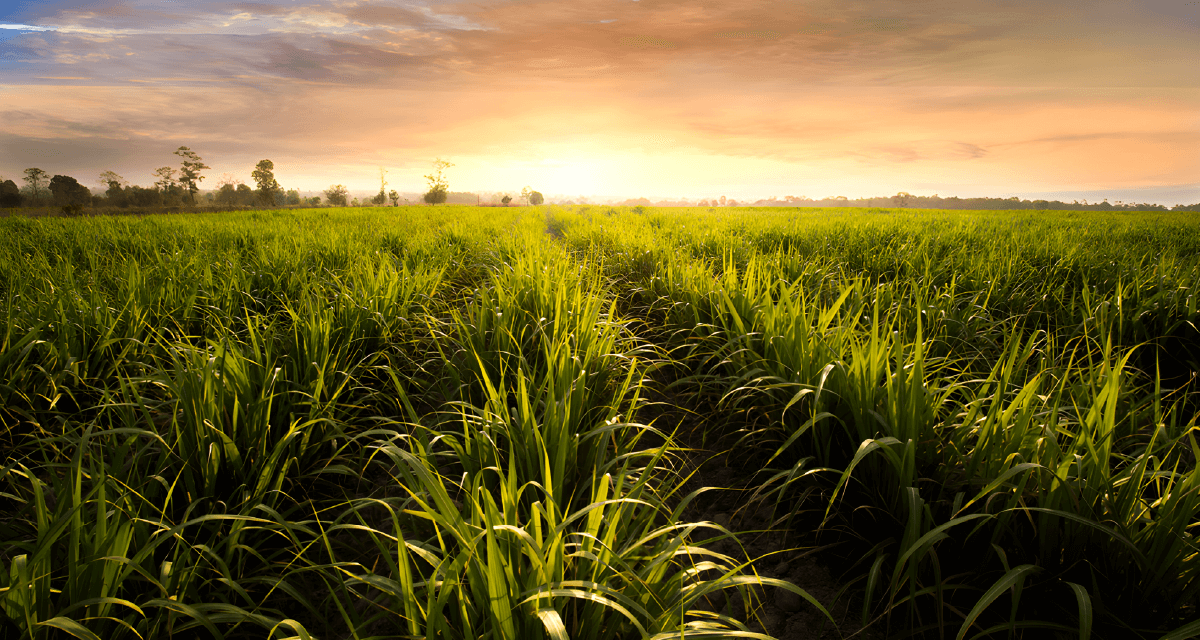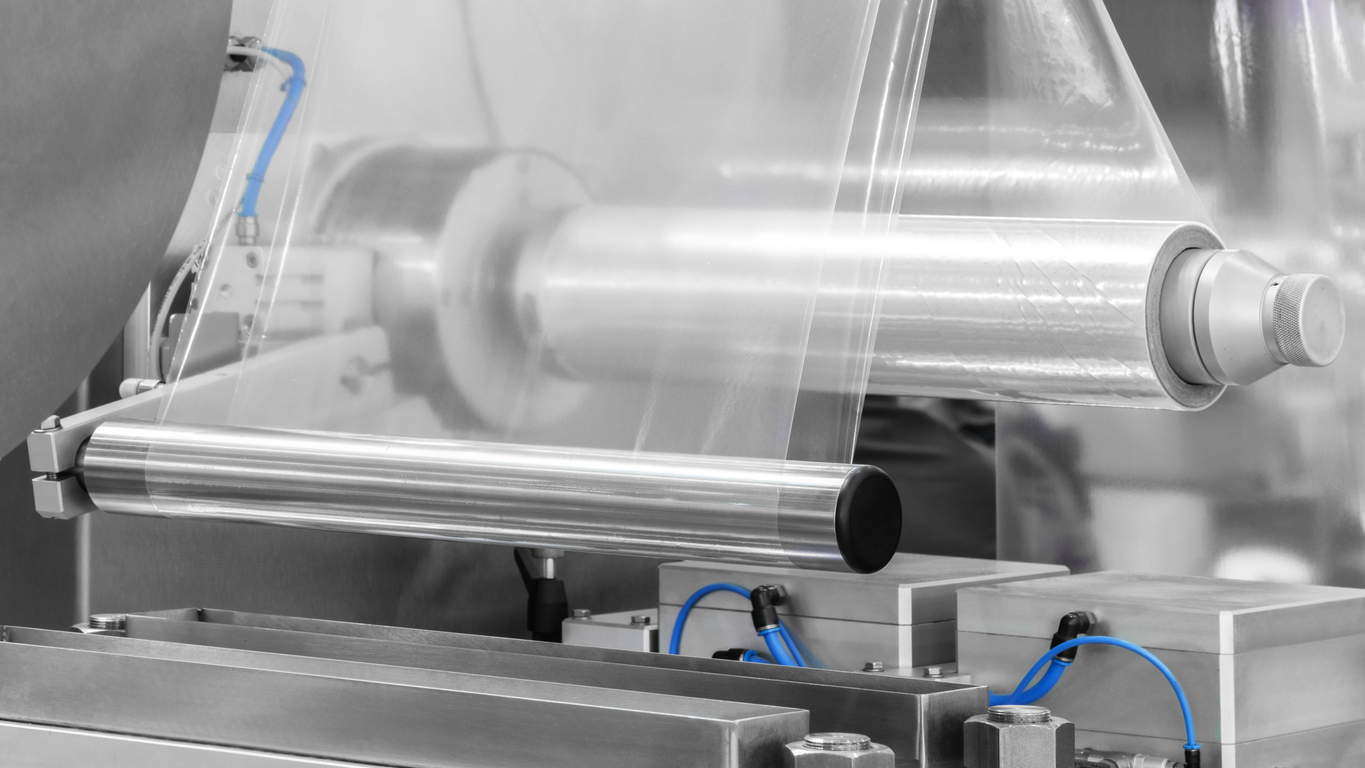Recyclable retortable pouches represent a new generation of flexible packaging…

Sustainability in Flexible Packaging for Household Products
Flexible packaging is rapidly gaining ground in the household products industry—and sustainability is leading the way. While flexible packaging has traditionally faced criticism due to recycling limitations, the industry is now embracing more sustainable alternatives across the entire value chain.
In this article, we explore the key sustainable features of flexible packaging, how it’s evolving, and what this means for manufacturers and consumers alike.
Why Flexible Packaging Is a Sustainable Solution
Flexible packaging for household products offers multiple environmental advantages that make it a better alternative to traditional rigid containers.
1. Material Reduction
- Uses up to 60–70% less material than rigid packaging (like bottles or cans).
- Requires fewer natural resources, such as petroleum and energy.
- Reduces waste and contributes to more efficient production.
2. Lower Carbon Footprint
- Lightweight structure reduces fuel consumption and emissions in transportation.
- Requires less warehouse and shelf space, optimizing storage and lowering energy use.
Advances in Recycling and Circular Design
3. Monomaterial Structures
- Use of polyethylene (PE) or polypropylene (PP) for single-material pouches simplifies recycling.
- Eliminates complex separation processes required in multi-layer packaging.
4. Recycled and Compostable Materials
- Incorporation of post-consumer recycled (PCR) content.
- Use of biodegradable materials and compostable bioplastics to reduce landfill waste.
Reducing Product Waste
5. Longer Shelf Life
- High-barrier films protect contents from moisture, oxygen, and light.
- Reduces product spoilage and frequency of replacement.
6. Precise Dispensing
- Flexible packaging supports controlled use, preventing overuse and saving product.
Flexible Packaging and the Circular Economy
7. Collection and Recycling Programs
- Brands are launching initiatives to collect and recycle flexible packaging.
- Supports circular economy models where materials are reused in production.
8. Refill and Reuse Systems
- Refill pouches reduce plastic consumption by enabling home refilling of durable containers.
- Helps minimize virgin material usage.
Industry Commitment to Sustainable Packaging
9. Certifications and Environmental Standards
- Adoption of ISO 14001, FSC, and other green certifications.
- Collaborations with responsible packaging alliances.
10. Eco-Design and Life Cycle Analysis
- Brands are integrating Life Cycle Assessment (LCA) to evaluate and reduce environmental impact.
- Focus on designing for recyclability and reuse from the start.
Benefits for Brands and Consumers
For manufacturers:
- Enhances brand reputation.
- Meets environmental regulations in global markets.
- Responds to consumer demand for eco-conscious packaging.
For consumers:
- Offers convenience and environmental peace of mind.
- Increasingly preferred by sustainability-focused shoppers.
Conclusion: A More Sustainable Future with Flexible Packaging
Sustainability is no longer optional—it’s a requirement for brands in the household products sector. By integrating eco-friendly materials, recycling strategies, and circular design, flexible packaging is becoming a leading solution for a lower-impact future.
✅ Want to develop a sustainable packaging solution for your product?
Contact Blue Pack Solutions. Smarter Packaging, Sustainable Solutions.



